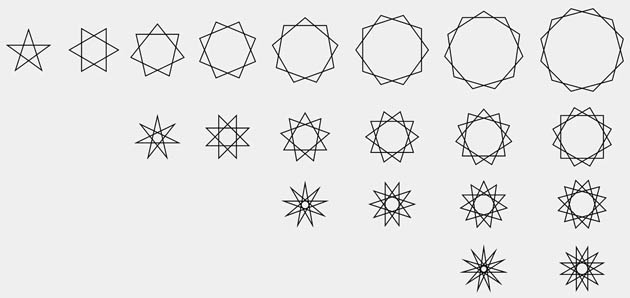4.1. Strips of Equilateral Triangles. To construct the helical deltahedra we can start with any number of side-by-side connected strips of equilateral triangles. In Figures 12-14 we show the process of folding a helical deltahedron with five strips. When we can connect the left edge of the left-most strip to the right edge of the right-most strip in such a way that the triangles become connected edge to edge, the final helical deltahedra is formed.
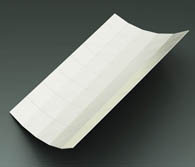
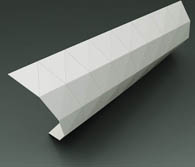
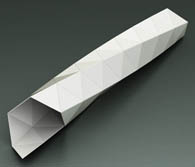
Figure 12: Five Strips
Figure 13: Folding
Figure 14: Helical Deltahedron
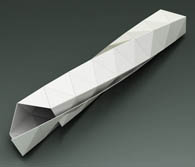
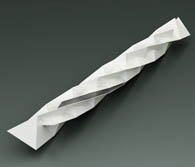
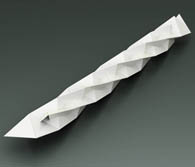
Figure 15: Intersecting
Figure 16: Almost closed
Figure 17: Helical Star Deltahedron
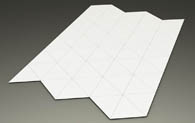
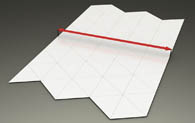
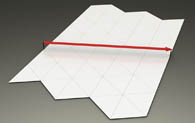
Figure 18: 5 Strips of Triangles
Figure 19: Connection a
Figure 20: Connection b
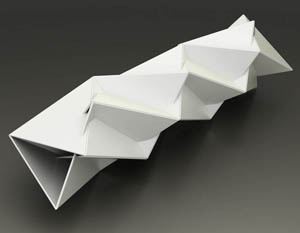
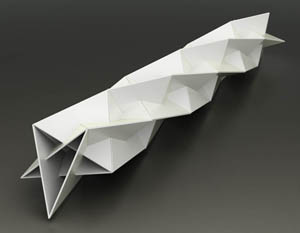
Figure 21: Helical Star Deltahedron 5-2(1)
Figure 22: Helical Star Deltahedron 5-2(2)
